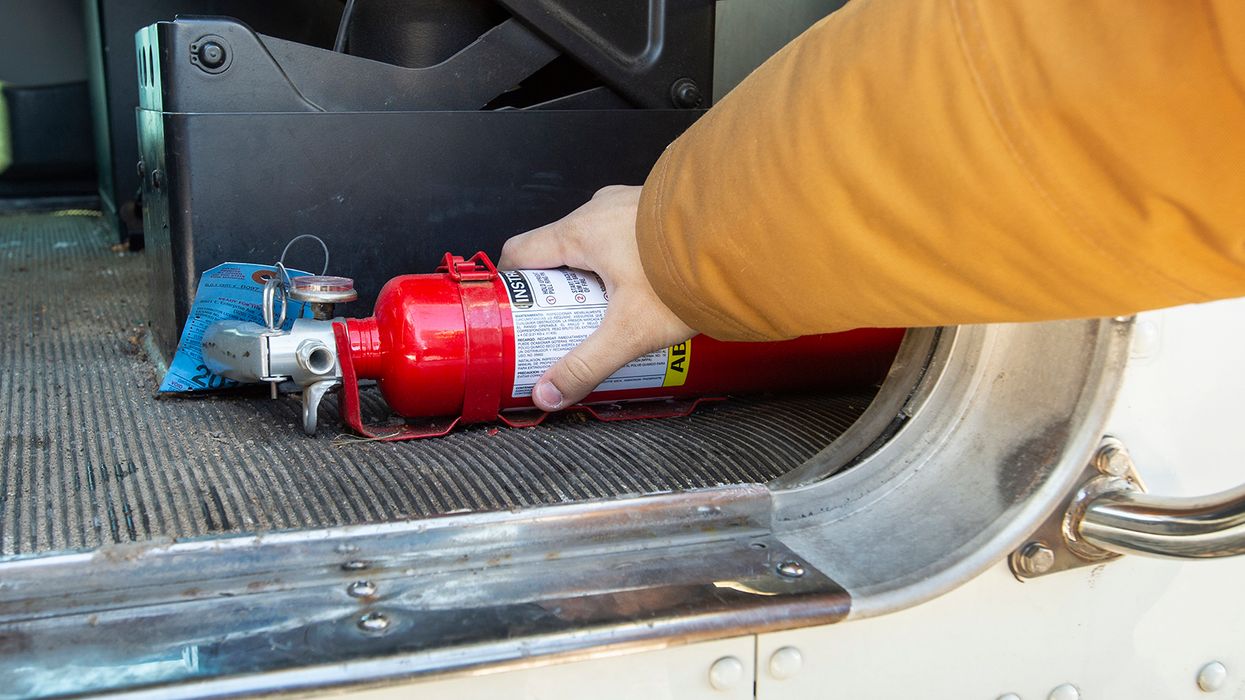If your drug tests look for methadone, other opioids, be careful
These days, drug testing laws have become complicated and burdensome for many employers. Workplace drug testing programs are designed to detect the presence of alcohol, illicit drugs, or certain prescription drugs. One type of those drugs is often opioids, such as codeine, morphine, oxycodone, hydrocodone, or methadone. Such tests might be performed prior to or during employment.
A positive result for opiates, however, requires some considerations. Here’s why.
Buprenorphine, methadone, and naltrexone are used to treat opioid use disorders related to short-acting opioids such as heroin, morphine, and codeine, and semi-synthetic opioids like oxycodone and hydrocodone. These medication-assisted treatment (MAT) drugs are safe to use for months, years, or even a lifetime.
If, therefore, you have an applicant or employee who tests positive for opioids, you should give the individual an opportunity to explain whether the positive test result was because of lawful drug use. You may do this by asking all people who test positive for an explanation.
Medical condition
The basis for this is that opioid use disorder (OUD) is itself a diagnosable medical condition that is likely to qualify as a disability under the Americans with Disabilities Act (ADA).
While you may fire employees or take other employment actions based on illegal use of opioids even if employees do not have performance or safety problems, if an employee is taking an opioid medication as directed in a MAT program, then the employee has a valid prescription, and the use of the medication is legal. Under the ADA, employees may not be denied a job or fired from a job because they are in a MAT program unless they cannot do the job safely and effectively, or they are disqualified under another federal law (think laws from the U.S. Department of Transportation or the Department of Defense).
Safety risk
What about workplace safety regarding someone who is taking opioids, even legally? You may not automatically disqualify an applicant or employee because of opioid use without considering if there is a way — through a reasonable accommodation — for the individual to do the job safely and effectively. You must have objective evidence that the individual can’t do the job because of a medical condition (including OUD) or poses a significant safety risk because of the condition, even with a reasonable accommodation. You must have evidence showing that the employee poses a significant risk of substantial harm; don’t rely on speculation or assumptions.
To make sure you have enough objective evidence about what the employee can safely and effectively do, you might ask the employee to undergo a medical evaluation.
Direct threat
To decide if an employee poses a direct threat, you need information that will help you assess the level of risk posed by a disability, considering the following:
- The probability that harm will occur,
- The imminence of the potential harm,
- The duration of the risk, and
- The severity of the potential harm.
All this should, of course, be documented.
Key to remember: A knee-jerk negative employment action against someone who tests positive for opioid use could risk a disability discrimination claim. Don’t jump to termination based solely on a positive test result.



















































